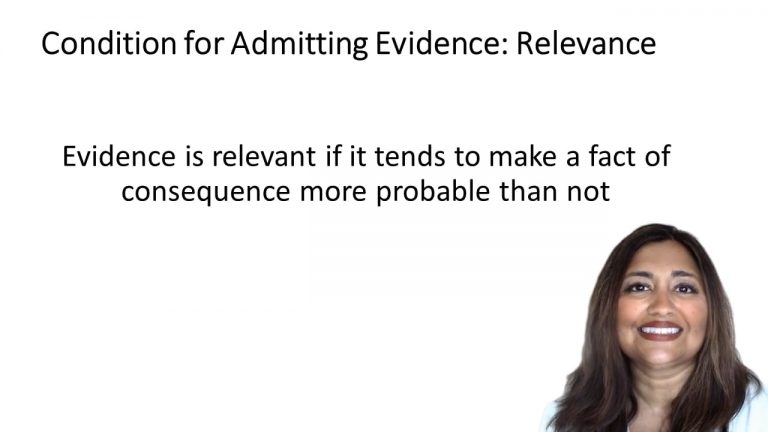SmartBrief
Confirm favorite deletion?
Evidence Keyed to Sklansky
Abernathy v. Superior Hardwoods, Inc.
Citation:
704 F.2d 963 (7th Cir. 1983)Facts
The plaintiff and drove a flatbed truck loaded with logs to a sawmill in Indiana owned by the defendant. The logs were fastened to the bed of the truck with four chains. The plaintiff released each chain but before he could stow them all in the cab of the truck, the defendant’s forklift began unloading the logs and one tumbled off and hit the plaintiff in the back. The plaintiff sued the defendant for negligence.
At trial, the president of the defendant presented a videotape made from his home videotape system that showed a forklift unloading logs from a truck in an attempt to depict the method in which log trucks are routinely unloaded at its sawmill. The district court admitted the tape, but required the audio to be turned off. The defendant protested, arguing that the sound proved that the plaintiff was contributorily negligent. The argument as that the plaintiff should have heard the forklift beginning to unload the logs and gotten out of the way.
Only StudyBuddy Pro offers the complete Case Brief Anatomy*
Access the most important case brief elements for optimal case understanding.
*Case Brief Anatomy includes: Brief Prologue, Complete Case Brief, Brief Epilogue
- The Brief Prologue provides necessary case brief introductory information and includes:
Topic:
Identifies the topic of law and where this case fits within your course outline.Parties:
Identifies the cast of characters involved in the case.Procedural Posture & History:
Shares the case history with how lower courts have ruled on the matter.Case Key Terms, Acts, Doctrines, etc.:
A case specific Legal Term Dictionary.Case Doctrines, Acts, Statutes, Amendments and Treatises:
Identifies and Defines Legal Authority used in this case.
- The Case Brief is the complete case summarized and authored in the traditional Law School I.R.A.C. format. The Pro case brief includes:
Brief Facts:
A Synopsis of the Facts of the case.Rule of Law:
Identifies the Legal Principle the Court used in deciding the case.Facts:
What are the factual circumstances that gave rise to the civil or criminal case? What is the relationship of the Parties that are involved in the case.Issue(s):
Lists the Questions of Law that are raised by the Facts of the case.Holding:
Shares the Court's answer to the legal questions raised in the issue.Concurring / Dissenting Opinions:
Includes valuable concurring or dissenting opinions and their key points.Reasoning and Analysis:
Identifies the chain of argument(s) which led the judges to rule as they did.
- The Brief Prologue closes the case brief with important forward-looking discussion and includes:
Policy:
Identifies the Policy if any that has been established by the case.Court Direction:
Shares where the Court went from here for this case.

 11m 31s
11m 31s